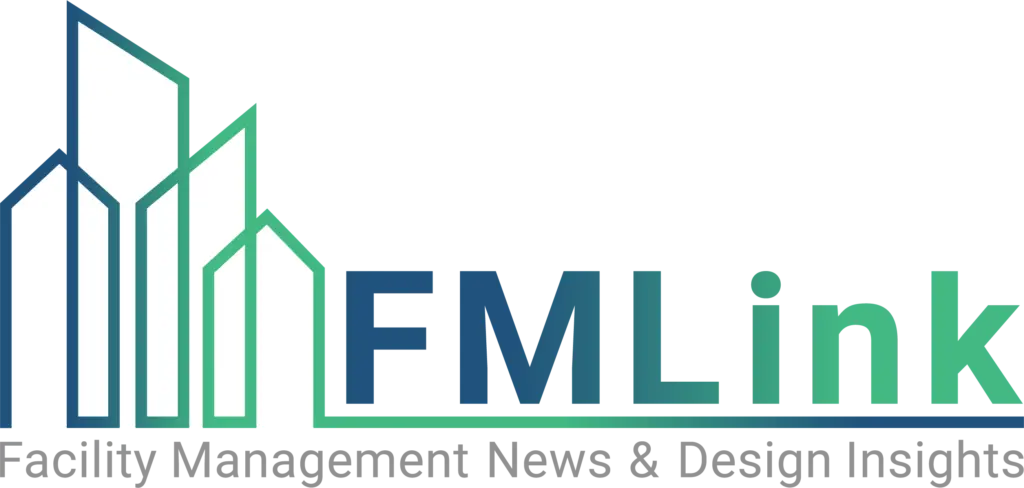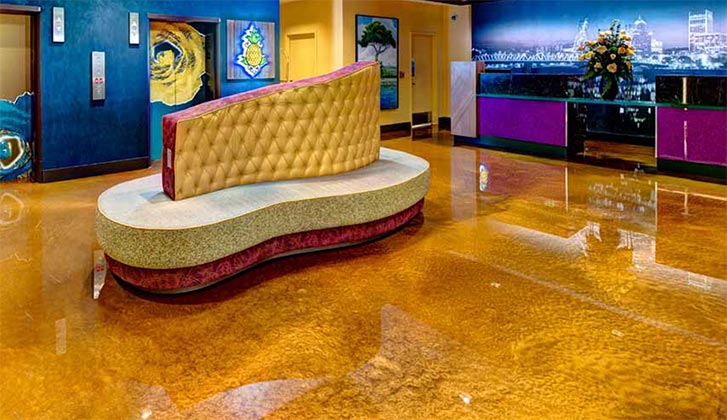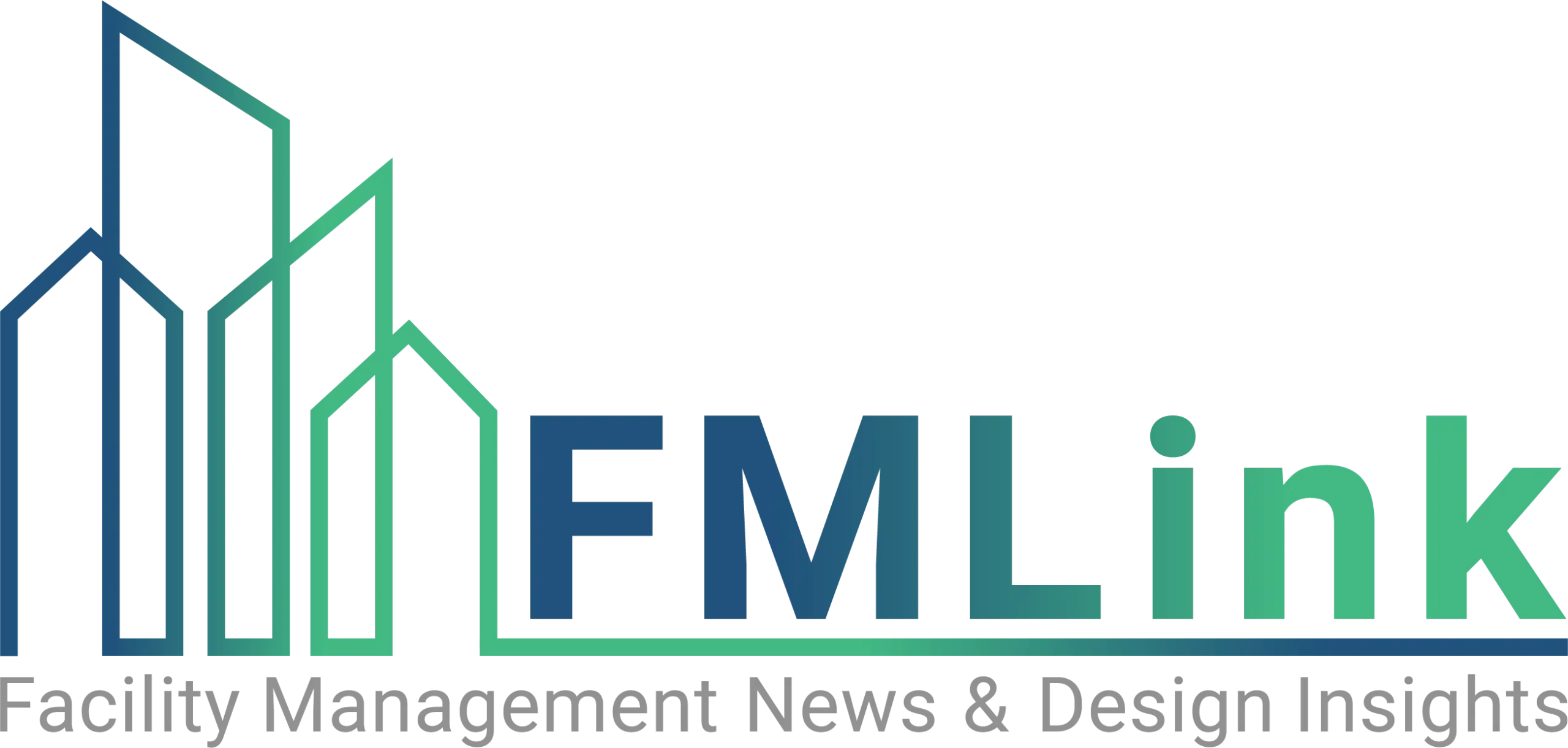The LEED-EB Rating System includes a large number of points related to HVAC systems. When HVAC equipment needs upgrading in your facility, LEED-EB standards can help guide your decisions in purchasing and operating new equipment that is efficient and environmentally friendly.
HVAC Systems, Energy Consumption and the Environment
More than 25% of energy consumed in US commercial buildings is used for heating and air-conditioning (EIA, Annual Energy Outlook 1998, Reference 1). Because HVAC systems comprise a large part of building operating costs, improved energy efficiency in this area brings with it significant financial advantages along with the environmental benefits. The efforts of manufacturers, contractors, engineers, utilities, and government laboratories and agencies have resulted in improved HVAC efficiency, but energy consumption for space conditioning persists as a large portion of the nation’s annual energy budget (Energy Consumption Characteristics of Commercial Building HVAC Systems, Westphalen & Koszalinski, US Department of Energy Office of Building Equipment, 2001). LEED-EB encourages further progress in the reduction of energy associated with HVAC systems.
Approximately 75% of US energy is generated from fossil fuels, like oil and coal.The process of generating and consuming energy brings with it a number of significant environmental impacts. Burning fossil fuels emits pollutants into the air, including nitrogen oxide (major contributor to smog), sulfur dioxide (cause of acid rain), carbon dioxide (major green house gas leading to global warming), and fine particulates (cause cancer and respiratory illness in humans). Extracting fossil fuels from the earth degrades habitat and alters landscapes.
The costs associated with conventional energy production and consumption make energy conservation an important element of green building operations. As a large contributor to energy loads, HVAC systems that are operated efficiently have become an important part of LEED-EB. Energy efficiency in building systems can be significantly improved through economical and achievable measures. Improved energy performance in buildings reduces operation costs, reduces pollution generation during the production and consumption of energy, and enhances occupant comfort. Because of the increasing cost of energy, even efficiency measures that require a significant capital investment generally have a rapid payback period.
HVAC-Related Points in LEED-EB
Two categories within the LEED-EB Rating System, Energy & Atmosphere and Indoor Environmental Quality, offer a number of points that are connected with HVAC systems and operations. See Table 1 for a list of all the relevant LEED-EB Prerequisites and Credits, and their corresponding points. These comprise over 30% of the 85 total points available in LEED-EB. To see full descriptions of LEED-EB Credits and Prerequisites, download the Rating System at http://www.usgbc.org/LEED/leed_existing.asp.
HVAC Industry Interest in LEED-EB
| Table 1: HVAC-related Points in LEED-EB | |
|---|---|
| Energy & Atmosphere | |
| Existing Building Commissioning | Required |
| Minimum Energy Performance | Required |
| Ozone Protection | Required |
| Optimized Energy Performance | 1-10 |
| Building Operation & Maintenance | 1-3 |
| Additional Ozone Protection | 1 |
| Performance Measurement | 1-4 |
| Indoor Environmental Quality | |
| Outside Air and Exhaust | Required |
| Environmental Tobacco Smoke Control | Required |
| Asbestos Removal or Encapsulation | Required |
| PCB Removal | Required |
| Outdoor Air Delivery Monitoring | 1 |
| Increase Ventilation | 1 |
| Construction IAQ Management Plan | 1 |
| Indoor Chemical & Pollutant Source Control | 2 |
| Controllability of Systems | 1 |
| Thermal Comfort | 2 |
| Contemporary IAQ Practice | 1 |
| Total HVAC Related Points | 27 |
LEED has helped transform the marketplace by providing incentives for service and product providers to promote sustainable products. Many vendors within the HVAC industry are embracing this opportunity in the green building scene by assisting customers in choosing products that will earn LEED points. In turn, this market demand pushes forward engineering advances in equipment manufacturing.
HVAC industry interest in LEED is evident in the number of LEED-related articles and resources found in HVAC trade journals, manufacturer newsletters and industry web sites. Examples include:
- HVAC Sustainability News: HVAC Vendors Going Green—an article in the Consulting Specifying Engineer online magazine about LEED and HVAC manufacturers.
- LEED Energy and Atmosphere Credit 1- Measuring Efficiency to Maximize Points—the first in a series of Engineering System Solutions issues devoted to applying HVAC technology in green buildings and maximizing LEED credits.
- Designing for LEED Certification? There is Help Under Your Feet—this article in HVAC&R Engineering Update is geared towards LEED-NC, but is applicable to existing buildings being outfitted with HVAC upgrades.
LEED-EB Strategies for HVAC Improvements
Considering a building’s energy load in a comprehensive manner is essential to integrating energy efficiency into building operations. This means considering HVAC equipment and operation procedures along with other building features. For example, reducing energy needs through improved window glazing, insulation, and use of passive solar features may allow for the downsizing of mechanical HVAC systems. The LEED-EB Rating System can be used as a tool for doing an overall assessment of your building’s current features, setting goals for sustainability achievement, and making equipment and operation improvements using a whole building approach.
Existing building commissioning (Energy & Atmosphere Prerequisite 1 in LEED-EB) is an ideal place to begin assessment of your building’s HVAC performance. Commissioning is useful for verifying that fundamental building systems and assemblies are performing as intended to meet current needs and sustainability goals. Without periodic commissioning, it can be difficult to identify components that are not working according to specifications of the building operation plan. This process of assessing building system performance will uncover problem areas and inform equipment maintenance and upgrade schedules. Implementing an effective Existing Building Commissioning Program can help meet the requirements of many HVAC-related Prerequisites and Credits in the LEED-EB Rating System.
Buildings that have recently undertaken or will be undergoing HVAC upgrades are good candidates for LEED-EB certification, as newer, energy efficient building systems earn many LEED points. The LEED-EB Rating System and Reference Guide provide information for selecting the most sustainable HVAC equipment, as well as effectively operating and maintaining equipment once it is installed. For information about accessing these documents, visit the LEED web site.
To Learn More About LEED-EB
Please visit the USGBC and LEED home pages for more information about LEED-EB
Training workshops on LEED-EB are offered around the country. You can find times and locations on the USGBC’s Events Training Calendar.
Stay tuned to FMLink
The USGBC will be providing a series of practical articles on LEED-EB implementation for facility managers. Articles will address topics like Green Cleaning, Green Site Management, Energy Efficiency, Energy Star and LEED-EB, Measuring and Monitoring for LEED-EB Success, Implementing LEED-EB in Your Organization, and other topics of interest to facility managers.




